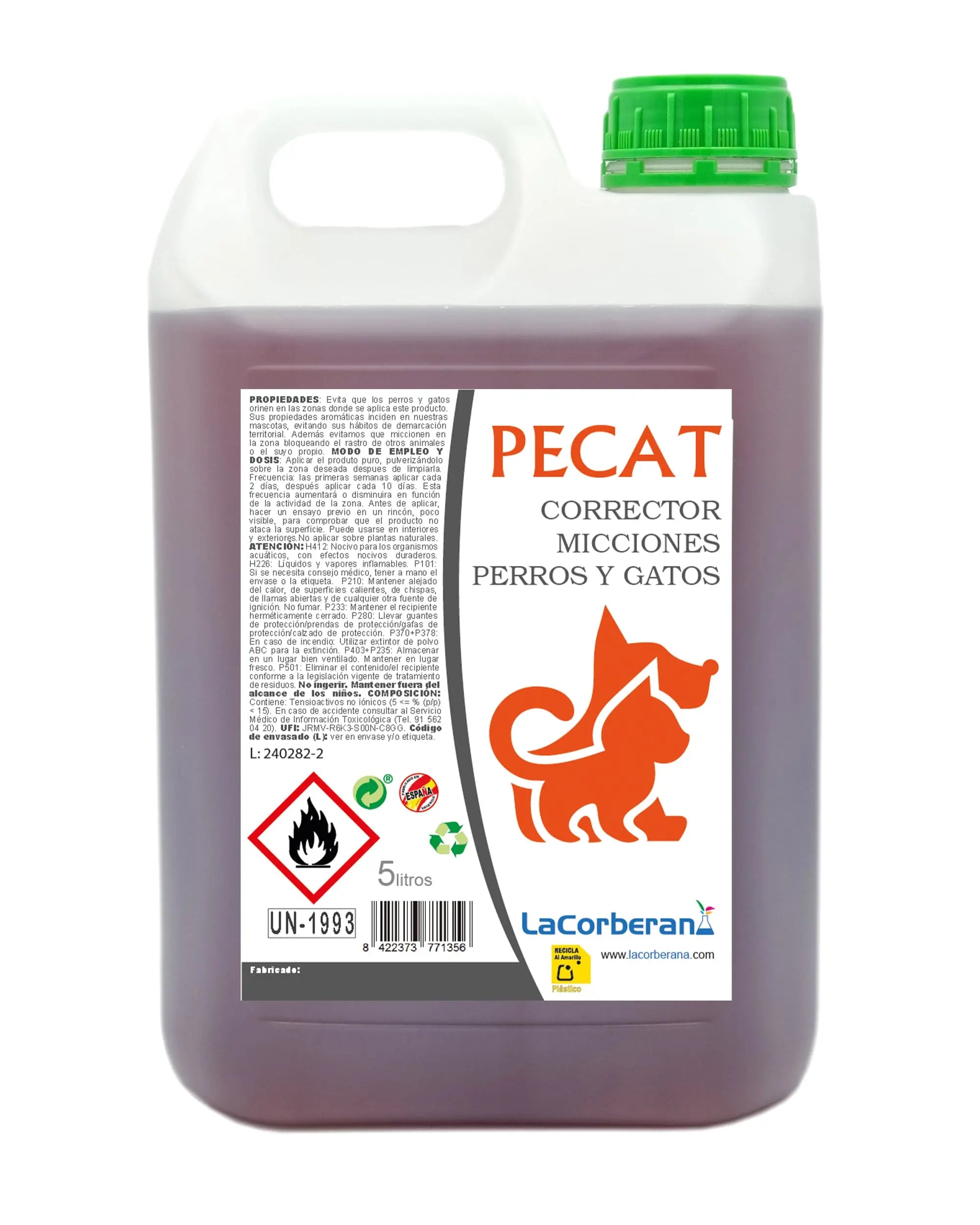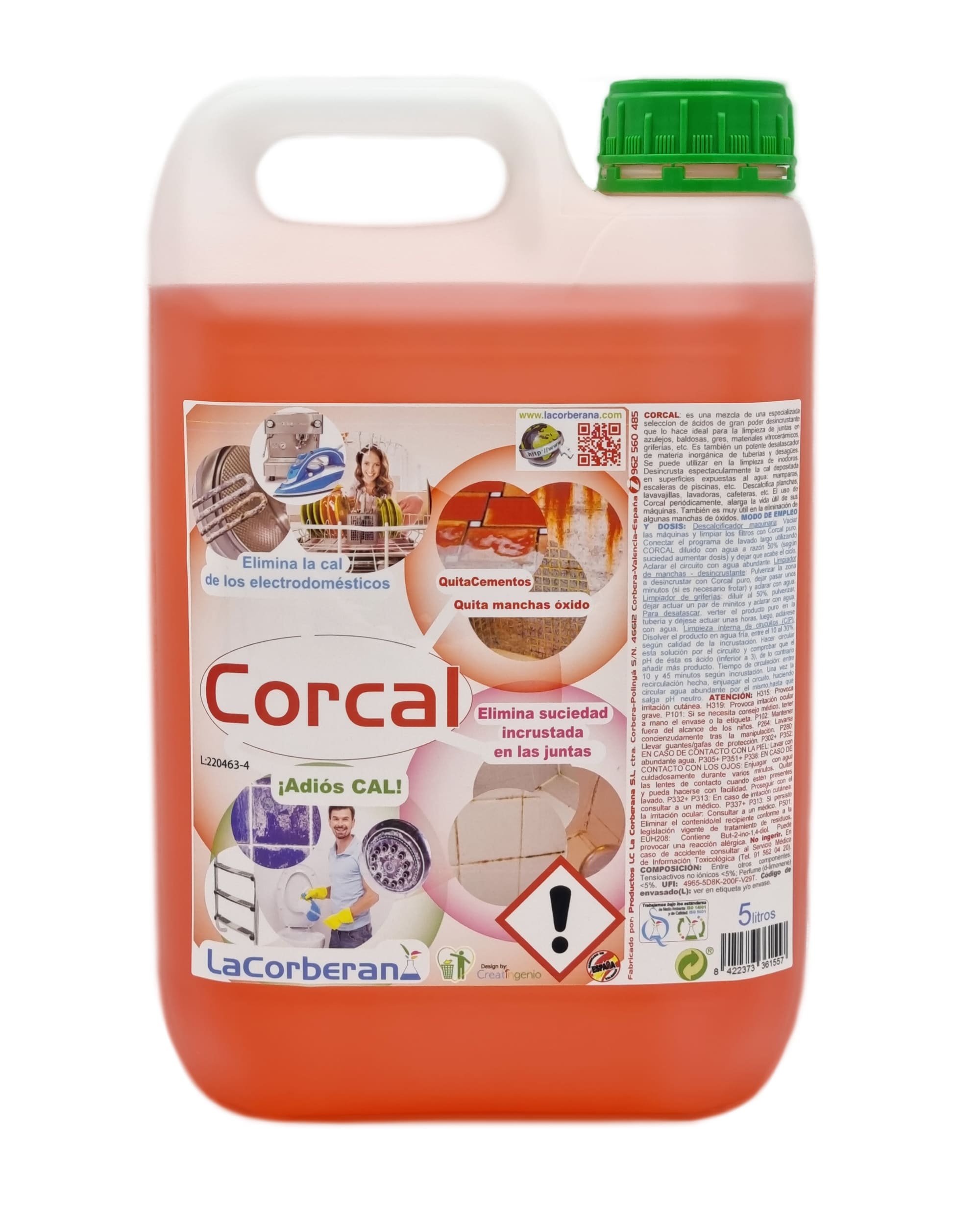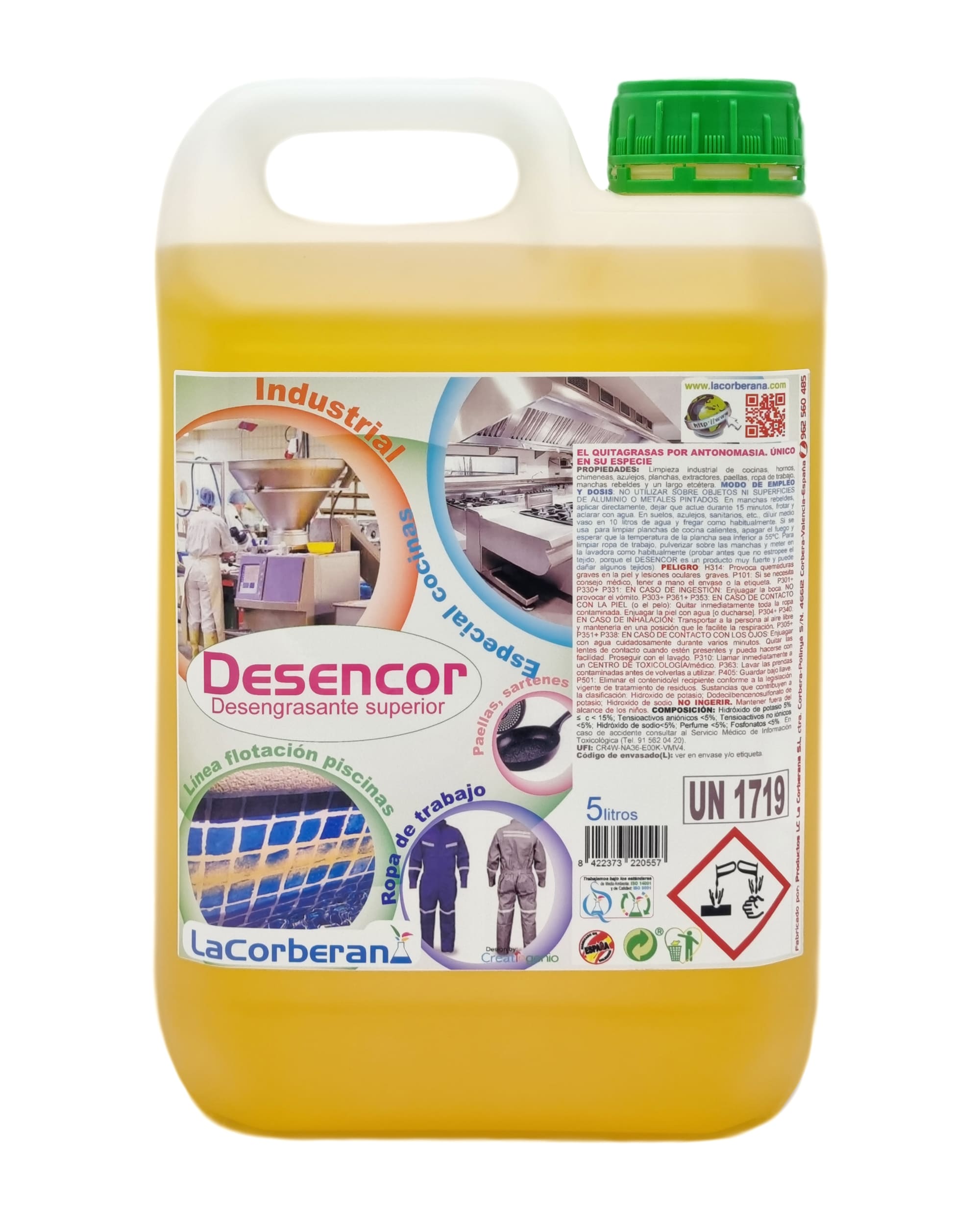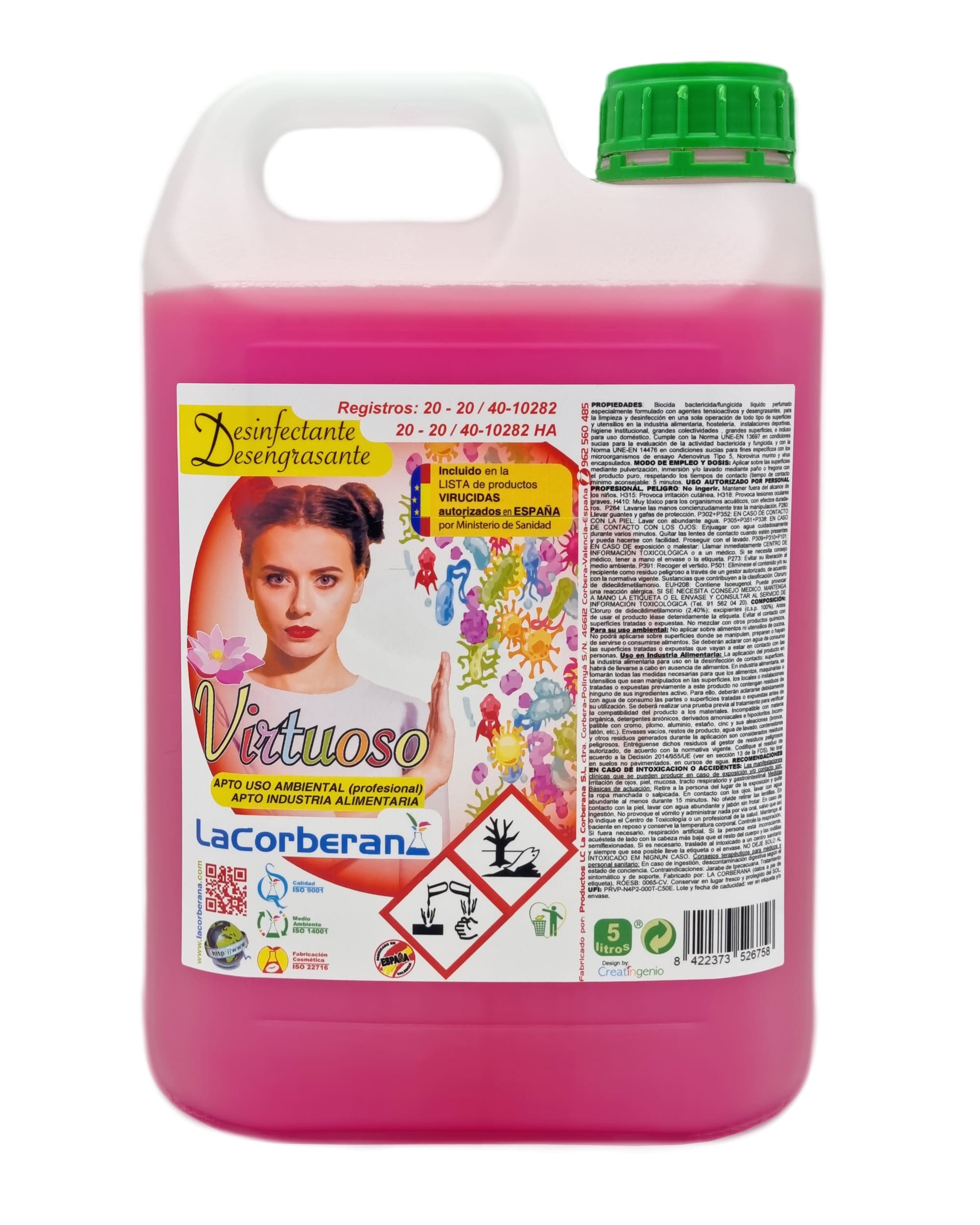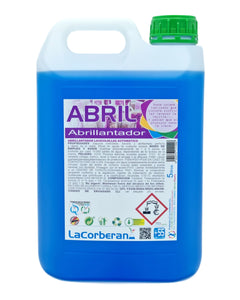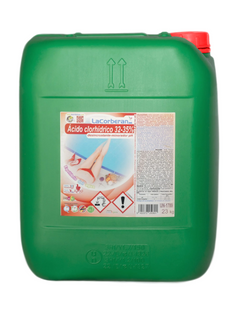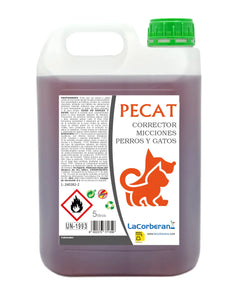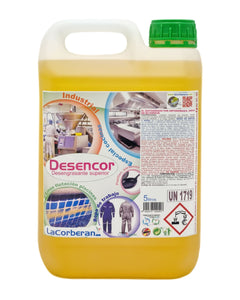Proper maintenance of heavy machinery engines is essential to ensure efficient operation and prevent potential failures that can affect productivity. The buildup of grease, oil, dirt and other debris can be detrimental to machinery, reducing its efficiency and shortening its lifespan.
One of the best solutions to keep engines in optimal condition is the use ofindustrial degreasers . However, it is crucial to apply the degreaser correctly to obtain the best results and avoid unnecessary damage.
Below we provide a detailed guide on how to effectively apply industrial degreaser to heavy machinery engines.
Types of engines in heavy machinery and their maintenance
There are several types of engines used in heavy machinery, each with specific characteristics and cleaning needs. Knowing these differences is essential to properly apply degreaser and avoid damage.
1. Initial preparation: safety and disconnection
Before you begin cleaning the engine, it is important to make sure that the equipment is turned off and disconnected from any power source. This includes both disconnecting the machine from the electrical current and making sure that the engine is cold, to avoid accidents such as burns or short circuits.
Always wear appropriate personal protective equipment (PPE), such as chemical-resistant gloves, safety glasses, and protective clothing.
2. Identification of engine types in heavy machinery
There are several types of engines used in heavy machinery, each with characteristics that can influence the way the degreaser is applied. Below we describe some of the most common engines in this type of machinery:
-
Diesel Engines : Diesel engines are common in excavators, cranes, and tractors. Because of their high performance and fuel consumption, these engines tend to accumulate large amounts of oil and carbon. Industrial degreasers must be strong and designed to remove oil deposits, soot, and heavy residue.
-
Gasoline Engines : Although less common in heavy machinery, some small equipment such as generators and air compressors use gasoline engines. These engines typically accumulate less oil and grease residue than diesel engines, but still require cleaning to ensure efficiency.
-
Electric motors : Electric motors are easier to clean, but their maintenance is equally important. Degreaser is usually applied to the external parts of the motor, such as the cooling system and moving parts.
-
Hydraulic Motors : Used in construction machinery and industrial equipment, hydraulic motors require a more specific type of degreaser to deal with both grease and hydraulic fluid residue. These motors are often sensitive, so care must be taken with product selection to avoid damage to seals or delicate components.
3. Application of industrial degreaser
With the engine off and the machinery ready, it's time to apply the degreaser. Below, we explain how to do it correctly for each type of engine.
3.1. Diesel and gasoline engines
For diesel and gasoline engines, the degreaser application must be more generous due to the greater amount of grease and residue buildup. Follow these steps:
-
Spray degreaser on the dirtiest areas : Make sure to cover the areas where there are the largest accumulations of oil and soot. Apply the degreaser from top to bottom to prevent the product from running into unwanted areas.
-
Let the product sit : Allow the degreaser to sit for 5 to 15 minutes, according to the product's instructions. This will allow the degreaser to break down the toughest residue.
-
High-pressure water rinse : Use room temperature or cold water to remove degreaser and residue. Be careful not to use hot water, as it can damage some sensitive engine parts, such as gaskets or plastic components.
-
Drying : Use compressed air to thoroughly dry all engine parts. Make sure there are no damp areas, as moisture can cause corrosion.
3.2. Electric motors
For electric motors, cleaning should be more gentle. It is recommended to apply a less aggressive degreaser, as electrical components can be sensitive. The application should focus on the external parts of the motor, such as the housing and ventilation system.
-
Light spray : Apply the degreaser to the external areas and moving parts of the engine, but avoid contact with electrical parts.
-
Let sit and rinse : Similar to other engines, let the degreaser sit and then gently rinse with low pressure water.
-
Complete drying : It is essential to completely dry the engine with compressed air to avoid damage.
3.3. Hydraulic motors
Hydraulic motors require a slightly different approach due to the nature of the fluids they handle. The degreaser must be suitable for removing both oils and hydraulic residue.
-
Generous Application : Spray degreaser evenly on all engine surfaces, making sure to cover areas where hydraulic residue and oils accumulate most easily.
-
Let the degreaser sit : Make sure to let the degreaser sit for the recommended amount of time, so it can dissolve any sticky, oily residue.
-
Thorough rinsing : Rinse with low pressure water to prevent water from entering the hydraulic system or electrical components of the engine.
-
Thorough drying : Use compressed air to ensure the engine is completely dry, paying special attention to sensitive parts such as seals and valves.
4. Additional tips for effective cleaning
-
Maintain a regular cleaning schedule : Performing regular cleanings will help prevent dirt and grease from building up too much, which can cause failure or reduced performance.
-
Use specific degreasers for each type of engine : Not all degreasers are suitable for all engines. Make sure you select a product specifically formulated for the type of engine and machinery you are cleaning. We recommend desencor as a degreaser for engines and machinery.
-
Avoid using hot water : Hot water can damage some components, especially in electric or hydraulic motors, so it is always best to use cold or room temperature water.
-
Check the engine after cleaning : Perform a test run to ensure that all engine systems are operating properly after cleaning.

Industrial degreasers for engine cleaning
Why choose DESENCOR as an industrial degreaser?
DESENCOR degreaser is specifically formulated for high-demand industrial work. Its powerful action allows you to effectively remove grease, oil and dirt, without damaging metal parts or sensitive components. With DESENCOR , you can be sure that your machinery will be clean and in optimal condition for continuous performance.
 Skip to content
Skip to content
